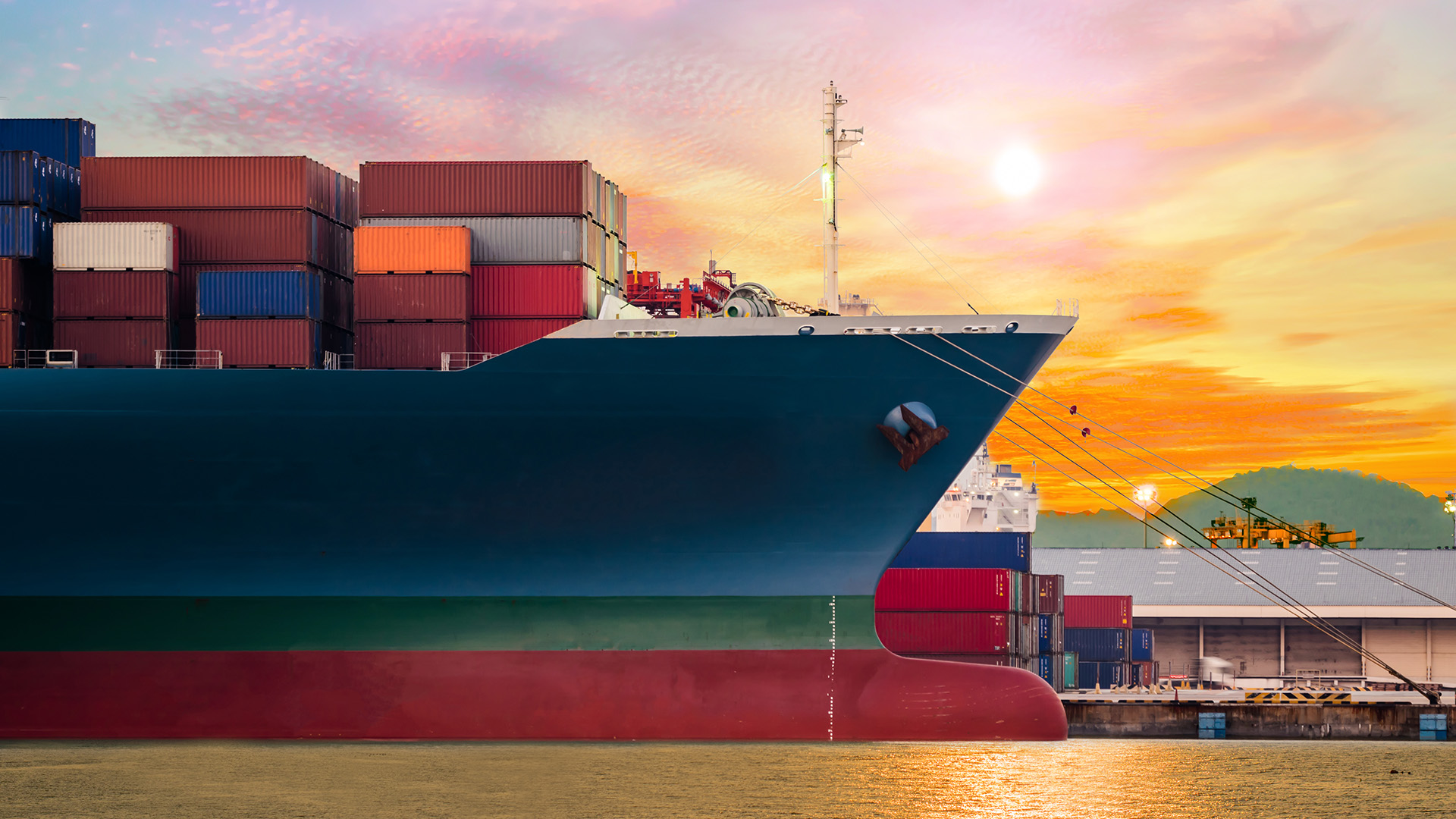As the demand for liquefied natural gas (LNG) continues to grow, ship owners face new challenges in ensuring their vessels perform efficiently while transporting this energy source.
One of the most overlooked factors that can significantly affect a ship's performance is the nitrogen content in LNG cargoes. High-nitrogen LNG, particularly from regions like Freeport and Papua New Guinea, can lead to increased fuel consumption and expose ship owners to costly overconsumption claims. Understanding the impact of nitrogen and how to manage it can help ship owners reduce operational costs and avoid disputes.
Why Does Nitrogen Matter?
Nitrogen, although inert and non-combustible, can greatly affect the way a ship consumes fuel. LNG is composed of several gases, with methane being the primary component. However, when LNG contains high levels of nitrogen, this changes the energy density of the fuel.
Here’s why it matters:
- Nitrogen vaporizes quickly: It has a lower boiling point than methane, so it tends to boil off faster during the voyage.
- Increased fuel consumption: As nitrogen becomes a larger part of the boil-off gas (BOG), it dilutes the energy content, meaning more fuel is required to generate the same amount of power.
- Engine performance risks: High nitrogen levels can lead to unsafe combustion conditions in the engines, potentially causing knocking, a condition that can damage engines if not managed correctly.
This is where predictive modeling of LNG cargo becomes crucial.
How Predictive Modeling Can Help Ship Owners
Advanced simulation tools, like those developed by Danelec, help ship operators and owners understand how the composition of their LNG cargo will change over the course of a voyage. These models can track how the nitrogen content evolves, allowing ship operators to predict fuel consumption more accurately and manage risks.
Key benefits for ship owners include:
- Avoid Over consumption Claims: Nitrogen-rich boil-off gas (BOG) increases fuel consumption, which can lead to exceeding the consumption levels agreed upon in charter party agreements. Modeling helps quantify this over consumption due to nitrogen, providing data-backed insights to defend against claims.
- Optimize Fuel Efficiency: Knowing when the nitrogen content in the BOG will peak allows operators to adjust fuel management strategies, improving the vessel’s overall efficiency and reducing unnecessary fuel consumption.
- Improve Safety: Monitoring nitrogen content helps determine when it’s safe to burn the BOG without risking engine knocking, which could lead to engine damage and costly repairs.
Real-World Impact: Lessons from Freeport Cargoes
Looking at voyages carrying LNG from Freeport, Danelec’s analysis found that nitrogen can make up to 16% of the total fuel consumption by mass during the laden leg of the journey. This contributes to as much as 40% of the total overconsumption claims. These findings underscore the importance of factoring in nitrogen content when evaluating vessel performance.
For ship owners, understanding this is crucial. Without proper insight into the composition of the cargo, it’s easy to attribute increased fuel consumption to poor engine performance rather than the actual cause, high nitrogen levels in the fuel. This can lead to misdiagnoses, unnecessary maintenance, and costly disputes with charterers.
How Ship Owners Can Use This Data
Armed with accurate predictions about nitrogen’s impact on fuel consumption,ship owners can:
- Negotiate Better Contracts: Understanding how high-nitrogen LNG cargoes affect performance allows ship owners to better negotiate consumption warranties in charter party agreements, reducing exposure to overconsumption claims.
- Make Informed Operational Decisions: Real-time insights into nitrogen levels can guide operational decisions during a voyage, such as when to reliquefy BOG or switch to alternative fuel sources to maintain efficiency.
- Improve Fleet Performance: Over time, these predictive models help optimize fuel use, reduce emissions, and enhance the overall performance of the fleet, which can lead to significant cost savings.
The Path to Better Efficiency and Dispute Management
High nitrogen content in LNG cargoes is more than just a technical detail—it’s a significant factor that can impact fuel consumption, engine health, and ship owner-charterer relations. By leveraging advanced LNG cargo modeling tools like those from Danelec, ship owners can gain a deeper understanding of how their cargo will evolve during the voyage. This data-driven approach not only helps prevent overconsumption claims but also optimizes vessel performance, reduces operational costs, and fosters better collaboration between ship owners and charterers.
For ship owners looking to navigate the complexities of LNG transport, predictive modeling is a game-changer, offering actionable insights that go beyond traditional performance evaluations.
Learn how high-nitrogen LNG cargoes impact vessel performance and fuel consumption, discover actionable insights from Danelec’s advanced modeling tools to help ship owners optimize operations, reduce costs, and avoid costly disputes. Download our white paper now!




